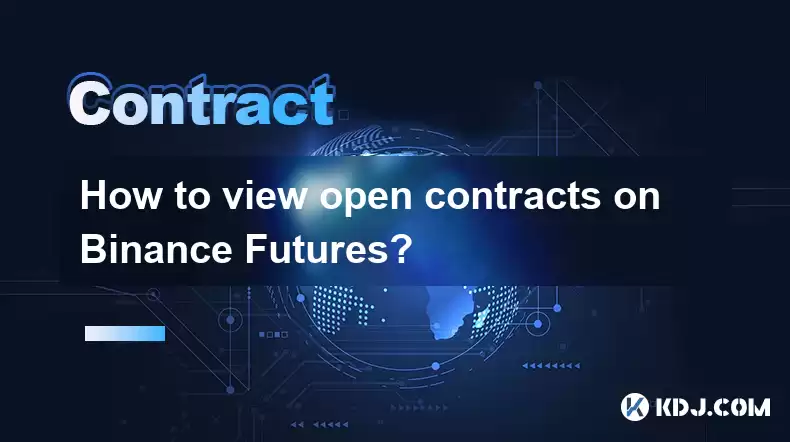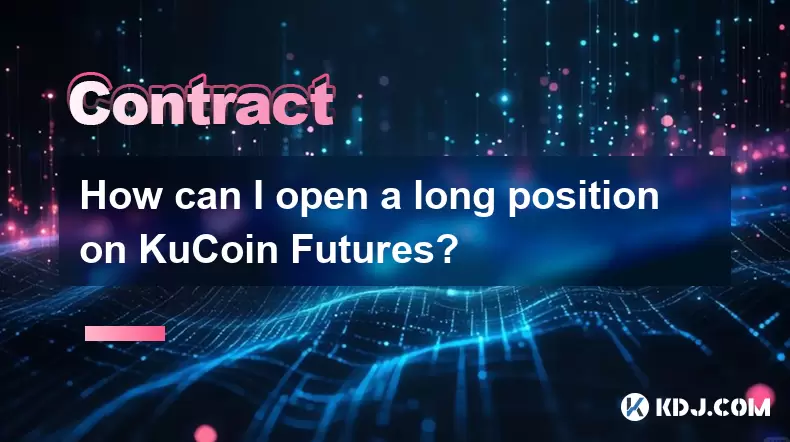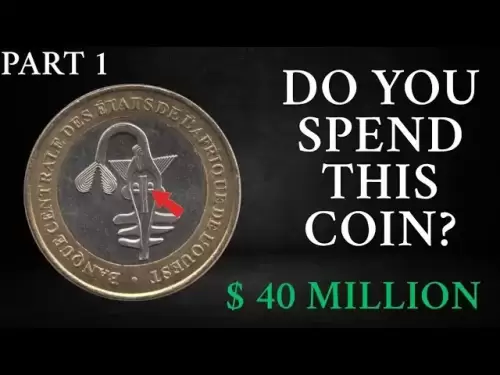-
 Bitcoin
Bitcoin $116700
0.24% -
 Ethereum
Ethereum $3973
4.34% -
 XRP
XRP $3.283
7.68% -
 Tether USDt
Tether USDt $1.000
0.01% -
 BNB
BNB $789.8
2.27% -
 Solana
Solana $176.2
3.31% -
 USDC
USDC $0.9999
0.00% -
 Dogecoin
Dogecoin $0.2238
5.14% -
 TRON
TRON $0.3389
-0.51% -
 Cardano
Cardano $0.7907
4.03% -
 Stellar
Stellar $0.4527
10.02% -
 Hyperliquid
Hyperliquid $41.07
4.27% -
 Sui
Sui $3.794
1.77% -
 Chainlink
Chainlink $19.49
10.40% -
 Bitcoin Cash
Bitcoin Cash $580.9
0.74% -
 Hedera
Hedera $0.2617
4.32% -
 Avalanche
Avalanche $23.41
3.67% -
 Ethena USDe
Ethena USDe $1.001
-0.03% -
 Litecoin
Litecoin $122.4
1.38% -
 Toncoin
Toncoin $3.364
1.49% -
 UNUS SED LEO
UNUS SED LEO $8.988
0.37% -
 Shiba Inu
Shiba Inu $0.00001295
2.82% -
 Uniswap
Uniswap $10.62
5.75% -
 Polkadot
Polkadot $3.922
4.46% -
 Dai
Dai $1.000
0.01% -
 Bitget Token
Bitget Token $4.494
2.15% -
 Monero
Monero $268.0
-1.30% -
 Cronos
Cronos $0.1523
3.68% -
 Pepe
Pepe $0.00001127
4.43% -
 Aave
Aave $285.4
4.85%
How to view open contracts on Binance Futures?
Binance Futures offers multiple ways to view open contracts—via website, app, or trading interface—providing detailed information like entry price, unrealized PNL, and liquidation price to aid informed trading decisions and risk management.
Mar 25, 2025 at 03:49 pm

Key Points:
- Binance Futures offers several methods to view open contracts, catering to different user preferences and technical expertise.
- Understanding the location of this information is crucial for managing risk and optimizing trading strategies.
- Different views provide varying levels of detail, allowing users to tailor their information intake.
- Accessing open positions requires logging into your Binance Futures account.
How to View Open Contracts on Binance Futures?
Viewing your open contracts on Binance Futures is essential for active traders. Binance provides several ways to access this information, ensuring you maintain a clear overview of your current positions and their associated risks. Understanding these methods allows for informed decision-making and effective risk management.
Method 1: Through the Binance Futures Website
After logging into your Binance Futures account, navigate to the "Futures" section. You'll find a dedicated "Positions" tab or a similar option prominently displayed. Clicking this will present a detailed list of your currently open contracts. This displays key information like entry price, quantity, unrealized PNL (profit or loss), and liquidation price.
Method 2: Using the Binance Futures App
The mobile app offers a similar, streamlined experience. Once logged in, locate the "Futures" section, usually found in the main menu. Similar to the website, there will be a clear "Positions" or "Open Orders" tab. Tapping this will show your active positions with similar information as the website version. The app’s interface is designed for quick access to critical data on the go.
Method 3: Via the Binance Futures Trading Interface
While trading, your open positions are often displayed directly within the trading interface itself. This usually appears as a panel or widget that provides a concise summary of your open contracts. This allows for quick monitoring of your positions without navigating away from the active trading screen. The specific location might vary depending on your interface customization.
Detailed Information within Open Contracts View
Regardless of the access method, the open contracts view usually displays the following crucial information:
- Symbol: The specific cryptocurrency futures contract (e.g., BTCUSDT, ETHUSD).
- Position Size: The quantity of contracts you currently hold.
- Entry Price: The average price at which you entered the position.
- Unrealized PNL: Your current profit or loss on the open position, not yet realized.
- Liquidation Price: The price at which your position will be automatically closed due to insufficient margin.
- Margin: The amount of funds allocated to secure your position.
- Leverage: The multiplier applied to your trading capital.
Understanding Different Views:
Binance Futures often offers different views within the "Positions" section. You might find options to filter your open contracts by symbol, or sort them by PNL or entry price. Utilizing these filters allows for more efficient management of your positions, especially when trading multiple contracts simultaneously. Explore the options available to find the view that best suits your trading style.
Troubleshooting:
- Unable to find the "Positions" tab: Ensure you are logged into your Binance Futures account and that you're on the correct Futures trading page. Check for any updates to the platform's interface.
- Incorrect information displayed: Double-check your internet connection and refresh the page or application. Contact Binance support if the issue persists.
- Missing positions: Verify that you actually have open positions. Check your trading history to confirm if trades have been executed.
Frequently Asked Questions:
Q: Can I view my closed positions on Binance Futures?
A: Yes, Binance Futures provides a trading history section where you can view details of your previously closed positions, including entry and exit prices, profit/loss, and timestamps.
Q: What happens if my position is liquidated?
A: If your position is liquidated due to insufficient margin, your position will be automatically closed at the market price. The liquidation price is clearly indicated in your open positions view.
Q: How often does the unrealized PNL update?
A: The unrealized PNL updates dynamically, reflecting the current market price of the underlying asset. The frequency of updates is typically very frequent, often several times per second.
Q: Can I customize the information displayed in my open positions view?
A: While the core information is standard, some platforms allow for customization of the displayed columns or sorting options. Explore the settings within the positions view to see what options are available.
Q: What should I do if I see a large negative unrealized PNL?
A: A large negative unrealized PNL indicates a significant loss. Assess your risk tolerance and consider adjusting your position, adding margin, or closing the position to limit potential losses. Never ignore a large negative PNL.
Q: Is there a way to set alerts for specific price levels on my open positions?
A: Some platforms allow you to set price alerts, notifying you when the price of your open positions reaches a predetermined level. Check Binance Futures’ features for such options. This can help in proactive risk management.
Disclaimer:info@kdj.com
The information provided is not trading advice. kdj.com does not assume any responsibility for any investments made based on the information provided in this article. Cryptocurrencies are highly volatile and it is highly recommended that you invest with caution after thorough research!
If you believe that the content used on this website infringes your copyright, please contact us immediately (info@kdj.com) and we will delete it promptly.
- Coinbase, Cosmos, and dYdX: Navigating the Crypto Currents
- 2025-08-09 06:30:16
- BNB Price, Altcoins, and Predictions: What's the Buzz?
- 2025-08-09 06:30:16
- Crypto Presale Projects Primed for Gains in 2025: A New Yorker's Take
- 2025-08-09 06:50:15
- Ruvi AI: The Millionaire Maker Poised for a Price Spike?
- 2025-08-09 06:50:15
- Cold Wallet, CoinMarketCap, Cardano & XRP: Navigating Crypto's Next Big Wave
- 2025-08-09 07:10:15
- Hedera (HBAR) Price Surge: Market Cap Soars, What's Next?
- 2025-08-09 07:10:15
Related knowledge

What is the difference between realized and unrealized PNL on KuCoin?
Aug 09,2025 at 01:49am
Understanding Realized and Unrealized PNL on KuCoinWhen trading on KuCoin, especially in futures and perpetual contracts, understanding the distinctio...

How does KuCoin Futures compare against Binance Futures in terms of features?
Aug 09,2025 at 03:22am
Trading Interface and User ExperienceThe trading interface is a critical component when comparing KuCoin Futures and Binance Futures, as it directly i...

What is the distinction between mark price and last price on KuCoin?
Aug 08,2025 at 01:58pm
Understanding the Basics of Price in Cryptocurrency TradingIn cryptocurrency exchanges like KuCoin, two key price indicators frequently appear on trad...

What are the specific maker and taker fees on KuCoin Futures?
Aug 08,2025 at 08:28am
Understanding Maker and Taker Fees on KuCoin FuturesWhen trading on KuCoin Futures, users encounter two primary types of fees: maker fees and taker fe...

Can you explain the difference between cross margin and isolated margin on KuCoin?
Aug 09,2025 at 02:57am
Understanding Margin Trading on KuCoinMargin trading on KuCoin allows traders to borrow funds to increase their trading position beyond their actual c...

How can I open a long position on KuCoin Futures?
Aug 09,2025 at 02:07am
Understanding KuCoin Futures and Long PositionsOpening a long position on KuCoin Futures means you are speculating that the price of a cryptocurrency ...

What is the difference between realized and unrealized PNL on KuCoin?
Aug 09,2025 at 01:49am
Understanding Realized and Unrealized PNL on KuCoinWhen trading on KuCoin, especially in futures and perpetual contracts, understanding the distinctio...

How does KuCoin Futures compare against Binance Futures in terms of features?
Aug 09,2025 at 03:22am
Trading Interface and User ExperienceThe trading interface is a critical component when comparing KuCoin Futures and Binance Futures, as it directly i...

What is the distinction between mark price and last price on KuCoin?
Aug 08,2025 at 01:58pm
Understanding the Basics of Price in Cryptocurrency TradingIn cryptocurrency exchanges like KuCoin, two key price indicators frequently appear on trad...

What are the specific maker and taker fees on KuCoin Futures?
Aug 08,2025 at 08:28am
Understanding Maker and Taker Fees on KuCoin FuturesWhen trading on KuCoin Futures, users encounter two primary types of fees: maker fees and taker fe...

Can you explain the difference between cross margin and isolated margin on KuCoin?
Aug 09,2025 at 02:57am
Understanding Margin Trading on KuCoinMargin trading on KuCoin allows traders to borrow funds to increase their trading position beyond their actual c...

How can I open a long position on KuCoin Futures?
Aug 09,2025 at 02:07am
Understanding KuCoin Futures and Long PositionsOpening a long position on KuCoin Futures means you are speculating that the price of a cryptocurrency ...
See all articles

























































































